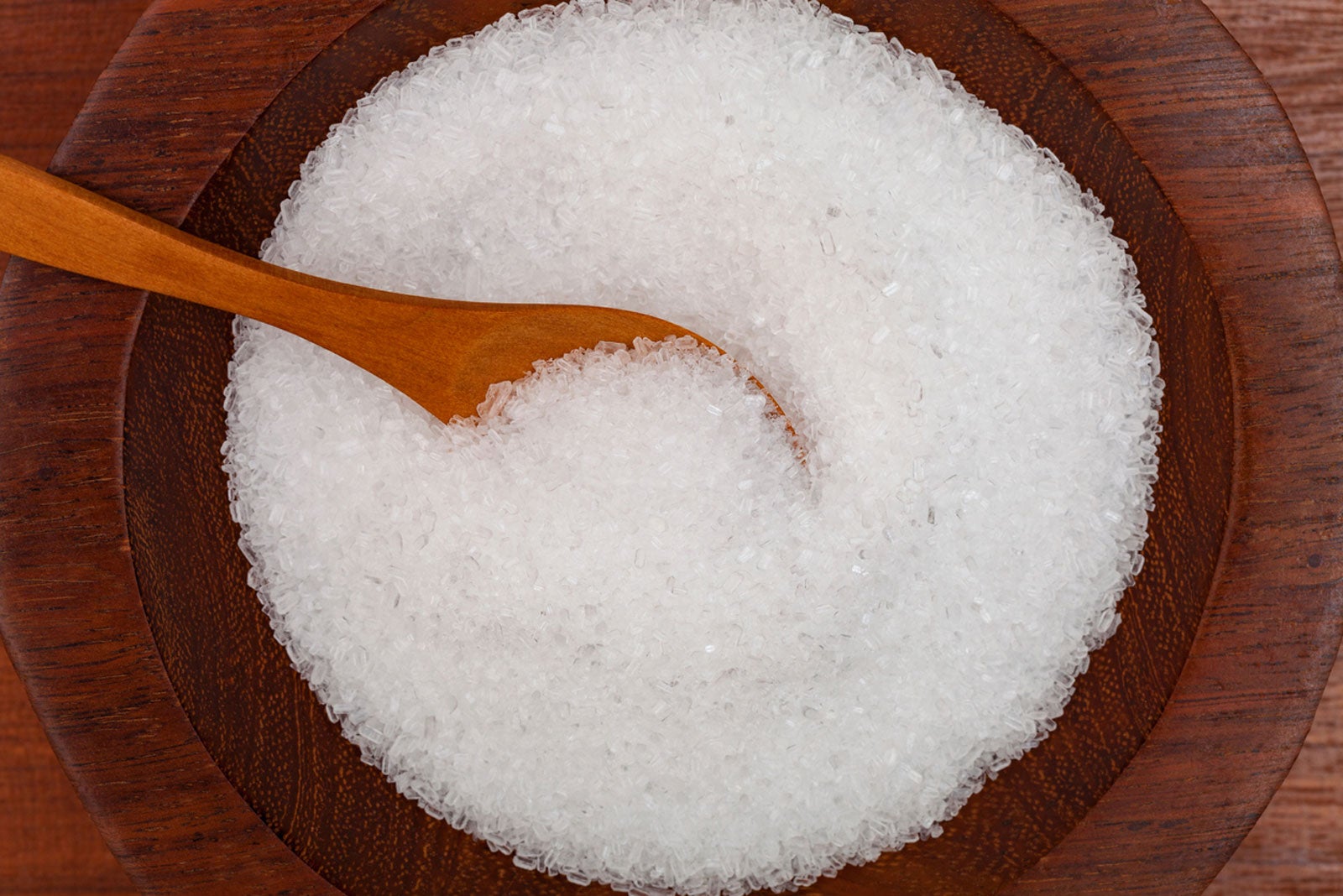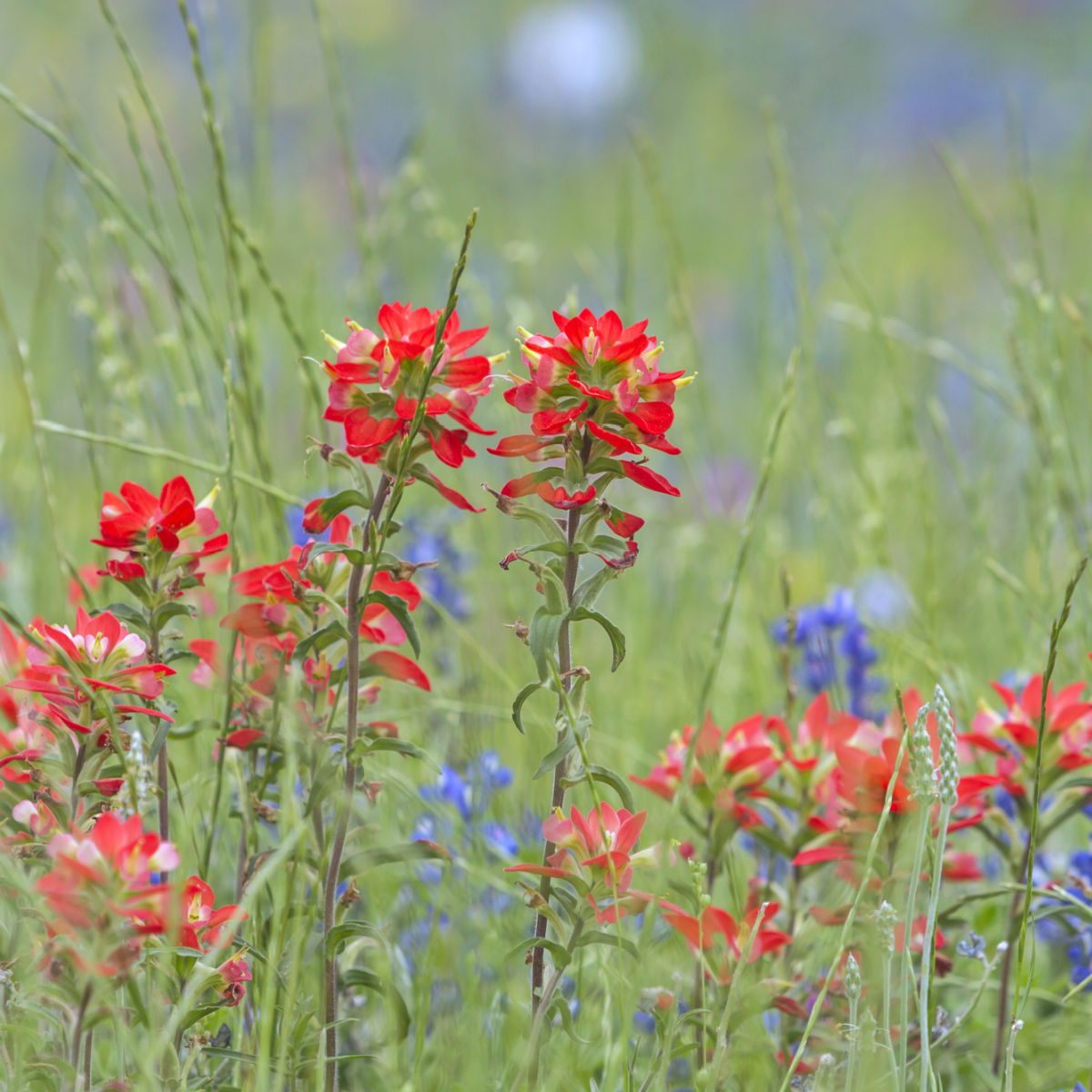Learn About the Details Plants That Are Adversely Affected by Epsom Salt Application
Epsom salt, a prominent home solution for various gardening issues, is usually applauded for its beneficial impacts on plant development. However, not all plants respond positively to its application. Understanding the specific plants that can be negatively affected by Epsom salt is vital for any kind of gardener wanting to optimize their plant treatment regimen. Roses, tomatoes, peppers, rhododendrons, and azaleas are just a few examples of plants that might not react well to Epsom salt. The reasons behind these adverse effects and just how to alleviate them are crucial knowledge for maintaining a thriving garden.
Roses

Roses, specifically conscious adjustments in their environment, can be adversely affected by the application of Epsom salt. While Epsom salt is typically used as a plant food to promote plant growth and enhance blooming, roses are among the plants that do not react well to its application. The high magnesium material in Epsom salt can hinder the uptake of other essential nutrients by the rose plants, bring about deficiencies that show up as yellowing fallen leaves or stunted development.

Tomatoes
While Epsom salt is frequently proclaimed as a treatment for various plant issues, consisting of bloom end rot in tomatoes, its application can lead to destructive results if not used judiciously. Extreme Epsom salt, which is magnesium sulfate, can interfere with the fragile nutrient balance required by tomatoes, potentially leading to deficiencies in various other important nutrients like calcium. When considering the use of Epsom salt on tomatoes, it is important to adhere to recommended application prices and soil testing to protect against unintended effects on the overall health and wellness and efficiency of these cherished yard plants.
Peppers
Peppers, prized for their numerous shades and degrees of spiciness, can demonstrate susceptibility to unfavorable effects from Epsom salt when not applied with treatment and consideration for their specific nutritional requirements. what plants don't like epsom salt. Peppers, belonging to the Solanaceae household, need a delicate equilibrium of nutrients to prosper. While Epsom salt is recognized to increase magnesium degrees in plants, too much application can interrupt this equilibrium, causing unfavorable effects on pepper plants
When peppers are exposed to high degrees of magnesium from Epsom salt, it can hinder the plant's ability to absorb other essential nutrients like calcium and potassium. This imbalance may show up in signs and symptoms such as leaf discoloration, stunted growth, and lowered fruit manufacturing. In addition, the too much magnesium can change the soil pH, additional intensifying nutrient uptake issues for peppers.

Rhododendrons
Provided the sensitivity of certain plant types to imbalances caused by Epsom salt, it is necessary to take into consideration the effect on Rhododendrons, which likewise call for certain nutrient degrees to thrive. Rhododendrons are acid-loving plants that prefer acidic dirt conditions with a pH range in between 4.5 and 6.0. Epsom salt, chemically known as magnesium sulfate, can alter the dirt pH and interfere with the fragile equilibrium of nutrients important for Rhododendron health.

To keep the optimal development and health of Rhododendrons, it is important to prevent the unplanned use Epsom salt and rather concentrate on offering the specific acidic soil conditions and nutrients that these plants require for flourishing.
Azaleas
Azaleas, known for their vivid flowers and broad series of colors, are decorative bushes that belong to the Rhododendron genus. These prominent blooming plants are often found in parks, gardens, and landscapes because of their appeal and versatility. Azaleas are sensitive to modifications in soil pH degrees, which can dramatically impact their growth and general health and wellness. While Epsom salt is commonly utilized as a solution for magnesium shortage in plants, its application to azaleas can have adverse effects.
Azaleas prefer a little acidic soil problems, and an excess of magnesium from Epsom salt can disrupt this equilibrium, leading to Visit Website nutrient imbalances and prospective toxicity concerns. The inaccurate application of Epsom salt can result in stunted development, yellowing of leaves, and overall decrease in the wellness of azaleas.
Final Thought
Finally, it is very important to be knowledgeable about the certain plants that can be negatively influenced by the application of Epsom salt. Roses, tomatoes, peppers, rhododendrons, and azaleas are some examples of plants that may not take advantage of Epsom salt and can even experience damage. It is essential to research and understand the requirements of each plant types prior to using Epsom salt as a plant food to guarantee their visit our website health helpful hints and wellness.
Understanding the specific plants that can be negatively affected by Epsom salt is vital for any garden enthusiast looking to enhance their plant treatment routine. While Epsom salt is typically used as a plant food to advertise plant growth and enhance flowering, roses are one of the plants that do not respond well to its application.Too much usage of Epsom salt can likewise result in a build-up of salts in the dirt, leading to root damages and dehydration of the rose plants. While Epsom salt is recognized to boost magnesium levels in plants, extreme application can interrupt this equilibrium, leading to adverse results on pepper plants.
The high salt content in Epsom salt can additionally dehydrate Rhododendron roots, creating further stress and damage to the plant. (what plants don't like epsom salt)